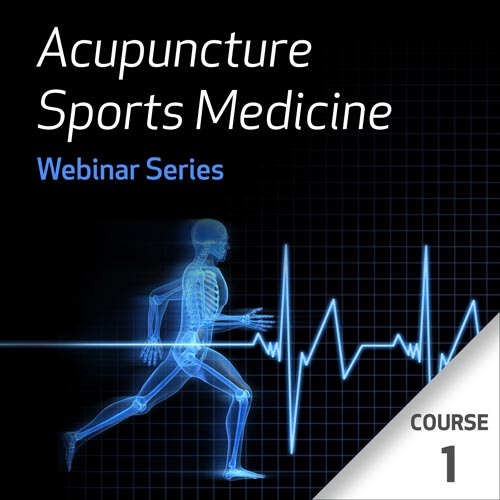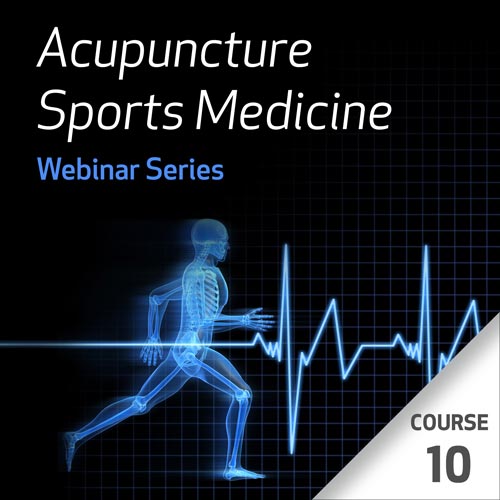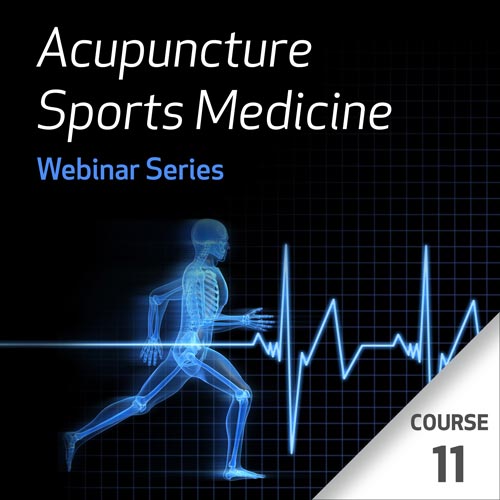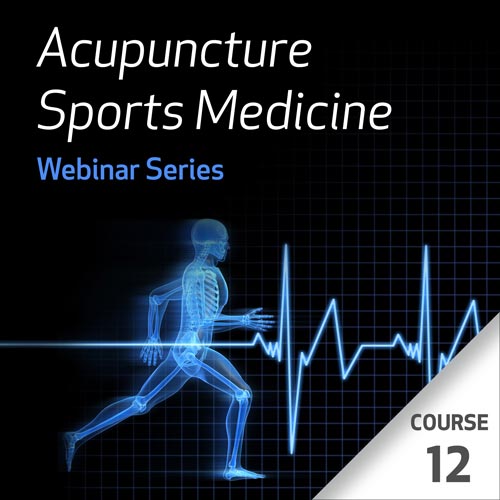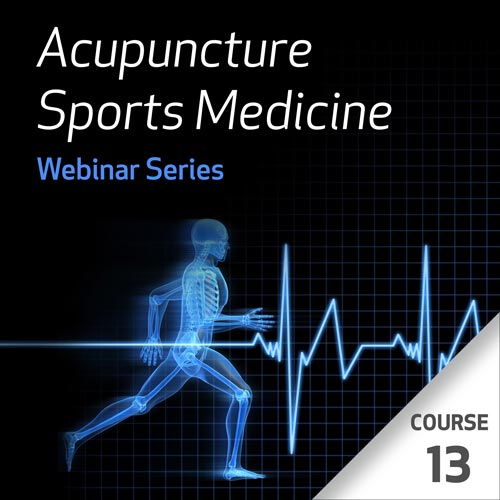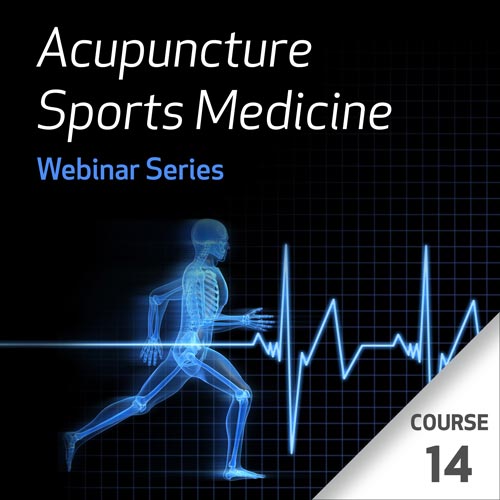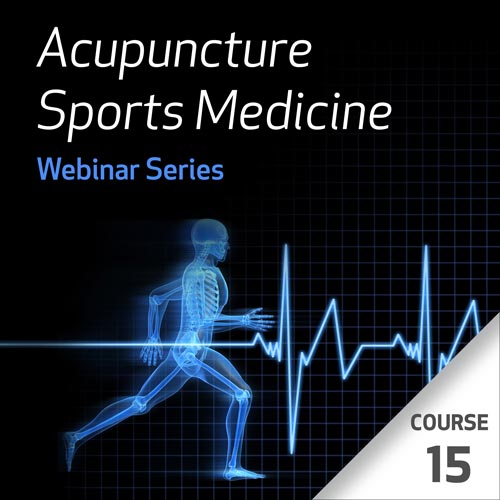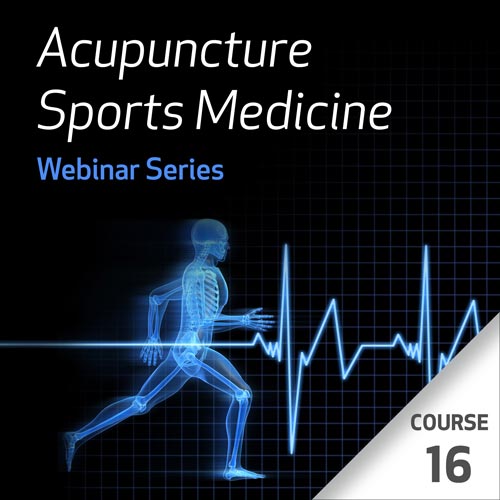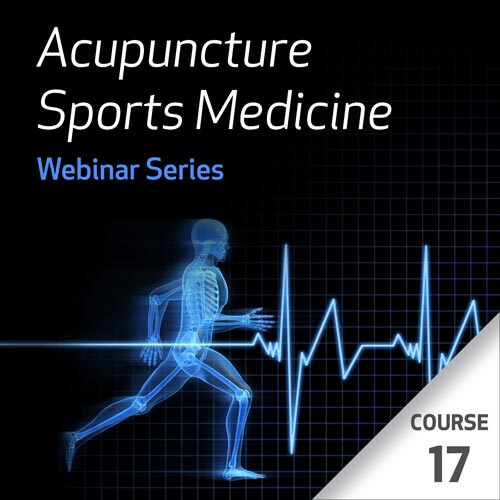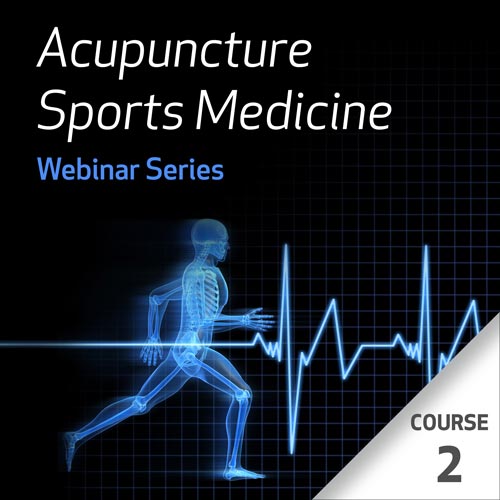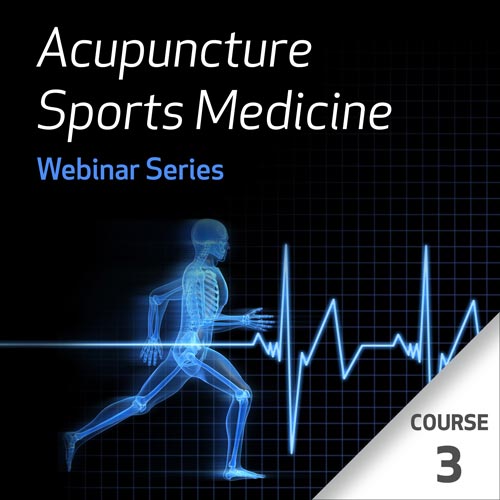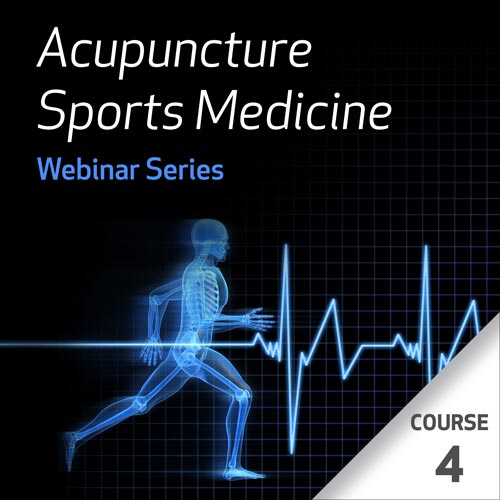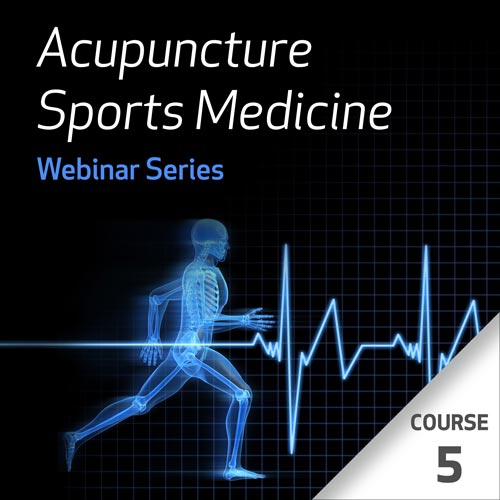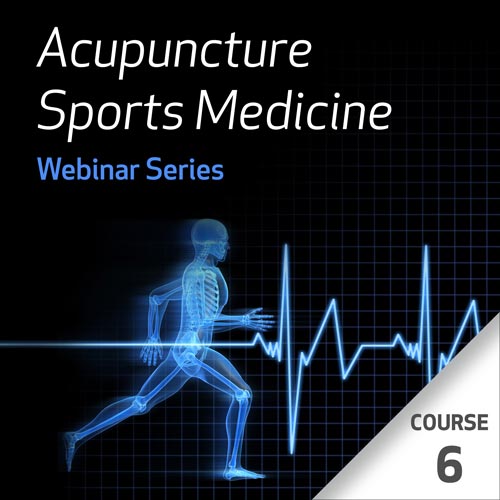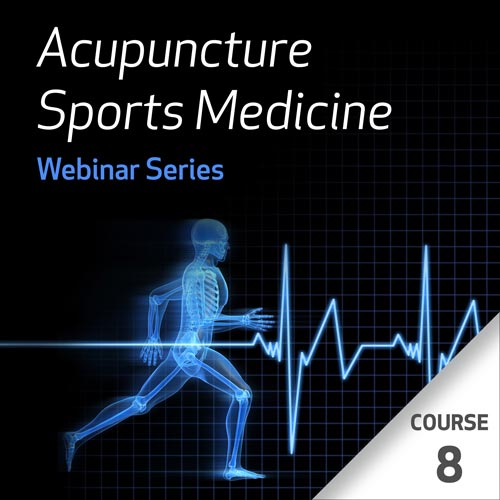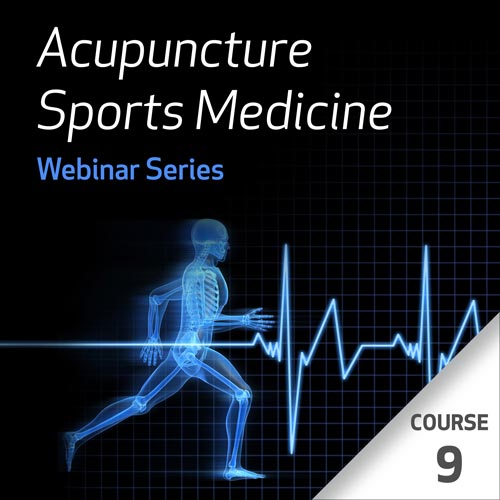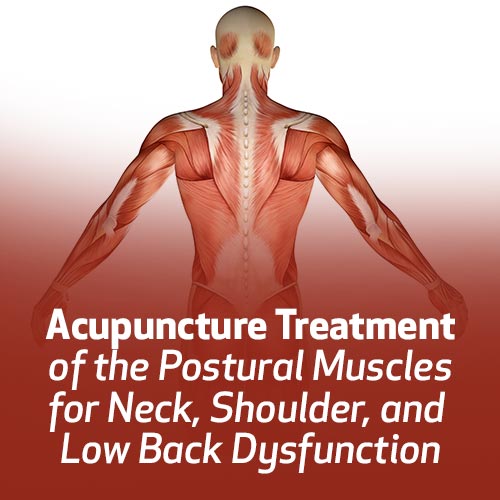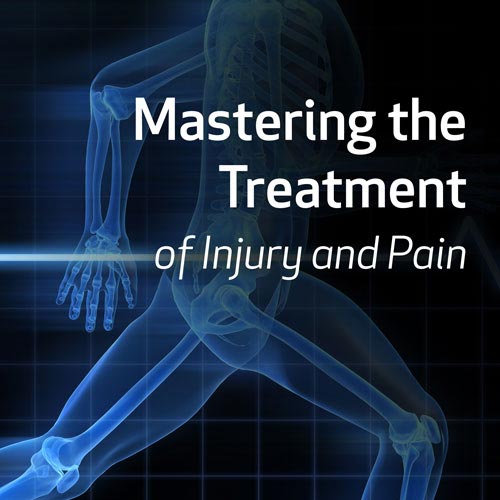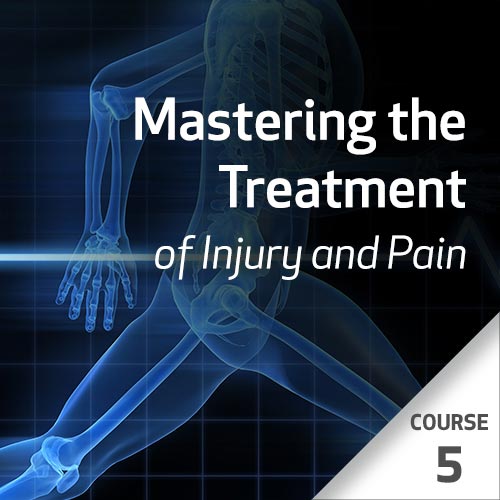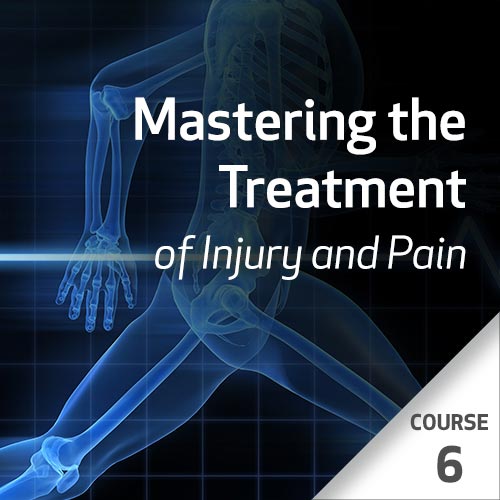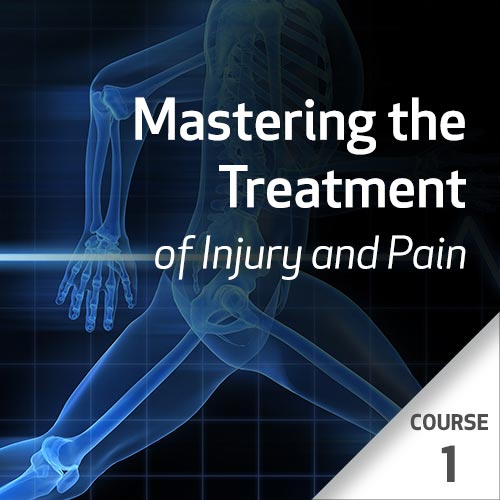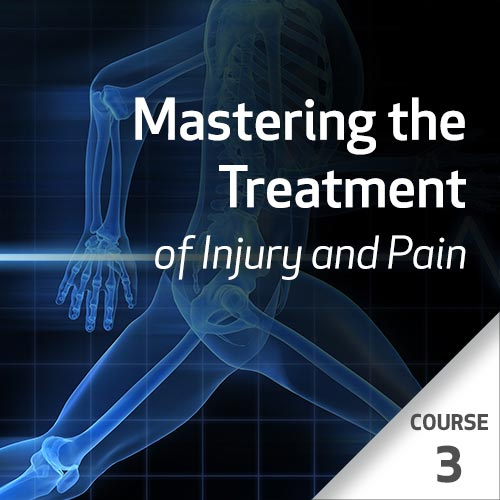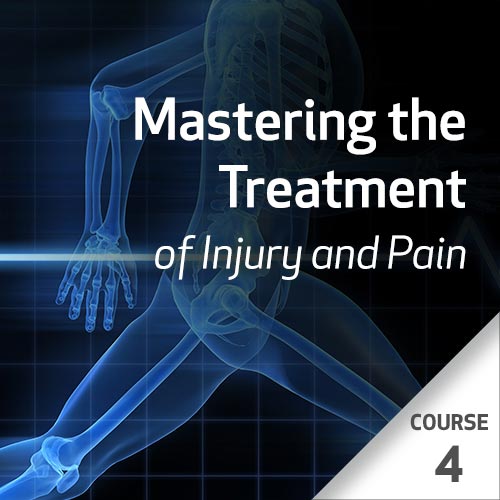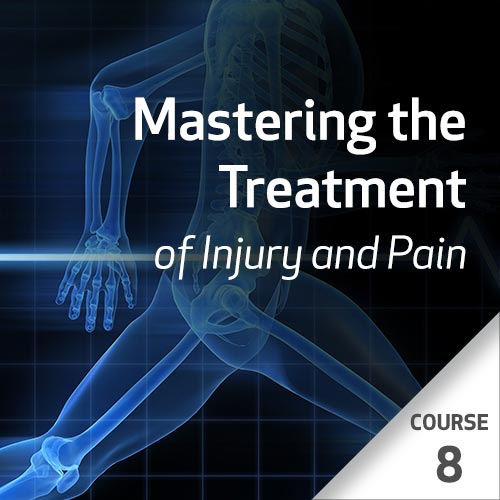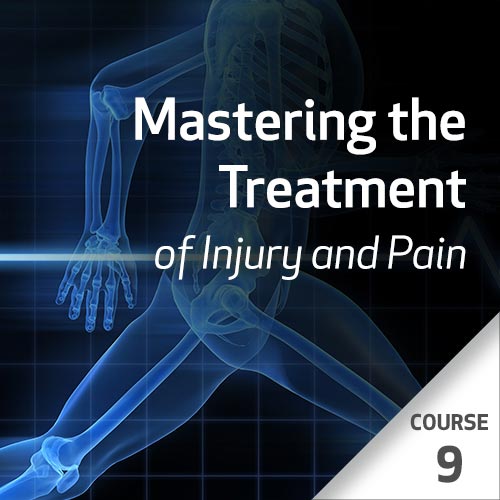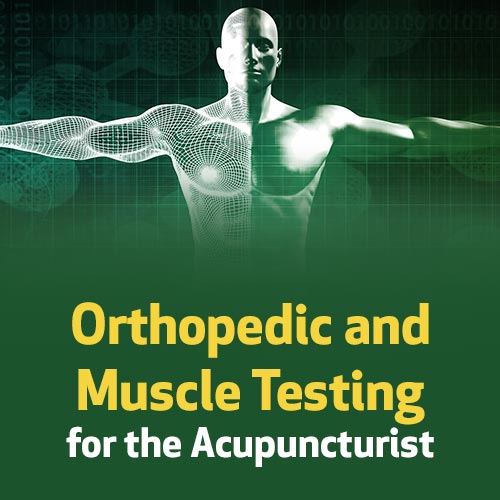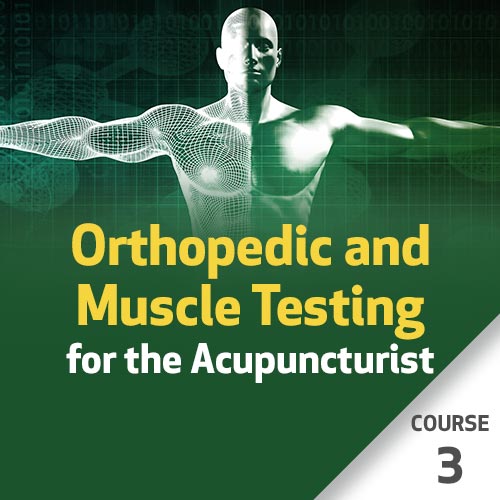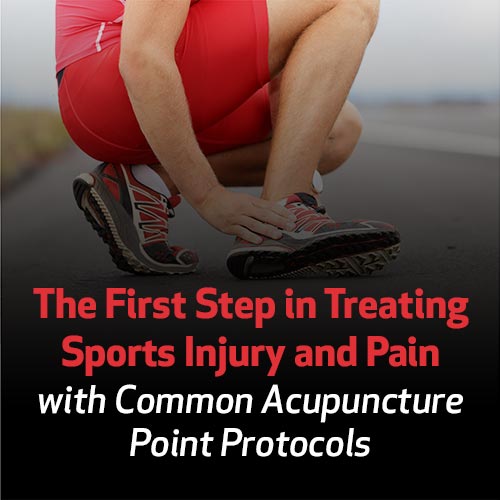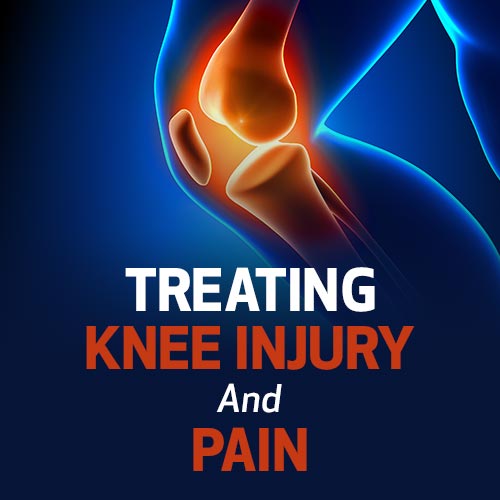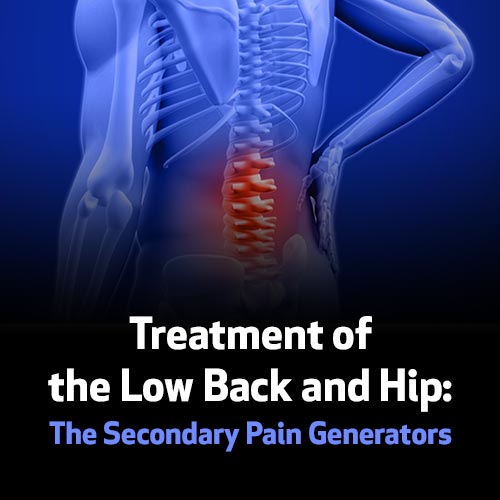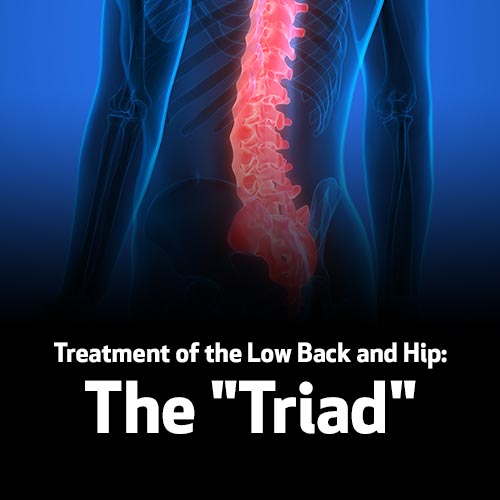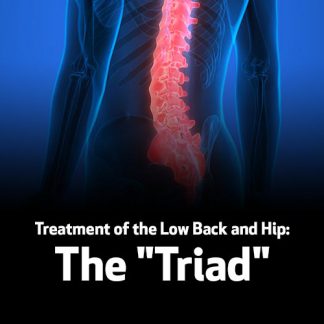Course Overview
In this course, Whitfield Reaves discusses five common types of needle and point combinations used for treating joint pain and dysfunction. Whitfield has been teaching for over 30 years, and is known for his depth of knowledge and yet simplicity of treatment. And these treatments work in the clinic. Just take note of the reviews for this and other courses!
The presentation emphasizes the use the local and adjacent tissues to reduce pain and enhance joint mobility. Understanding the anatomical significance of these structures offers a path for increasing needle precision and enhancing clinical effectiveness. Whitfield will discuss the following five general protocols that can be easily integrated into clinical practice.
1. Threading the needle along the joint space
Example: The acromial-clavicular joint
Transverse needling between LI 16 and LI 15 at the AC joint line
2. Direct puncture into the synovial joint capsule
Example: The talar sinus of the ankle joint
Perpendicular insertion at GB 40, with deep penetration
3. Puncture the muscles that cross the joint
Example: The hip joint
Needling in the region of the extraordinary point Jiankua and GB 29 in the gluteus medius
4. Puncture the local ligaments
Example: The SI Joint
Lateral oblique needling in the region of Bl 27 and Bl 28
5. Puncture points adjacent to the joint
Example: The shoulder joint
Needling adjacent points SI 9, SI 10, and Jianqian
We feel that all practitioners will learn a trick or two in this course!
Objectives
-
To be able to describe the protocol "threading the joint line".
-
To learn how to treat into the synovial capsule of a joint.
-
To describe joints where treatment is to the muscles that cross the joint.
-
How to treat ligaments that support a joint.
-
Be able to describe adjacent needling to a joint.
Outline
0 hrs - 45 min
Threading the joint line in the case of the acromial-clavicular joint. Other joints include the medial knee and the sternal-clavicular joint.
45 min - 1.5 hrs
Treating directly into a synovial capsule of a joint, including the shoulder capusle and the ankle joint.
1.5 hrs - 2 hrs
Treatment to muscles that cross a joint, such as the gluteus medius in the case of the hip joint.
2 hrs - 2.5 hrs
Treating the sacral-iliac joint with emphasis on the posterior SI joint ligaments.
2.5 hrs - 3 hrs
The shoulder joint, and using local points both anterior and posterior that are adjacent to the capsule.
Reviews
-
Nhu T. (Canada)
What we learn in the courses is what you wished you learn in school. Really great information in a really clear communication style.
-
Joel W. (Canada)
this is a very good approach to specific joint problems
Reviews
What we learn in the courses is what you wished you learn in school. Really great information in a really clear communication style.
Nhu T. (Canada)
this is a very good approach to specific joint problems
Joel W. (Canada)
Teacher
Whitfield Reaves
In practice for over 40 years, Whitfield Reaves, OMD, L.Ac., specializes in the field of sports medicine. Being in the forefront of the acupuncture sports medicine field, Whitfield's experience includes working with athletes at the 1984 LA Olympic Games at the 1984 LA Olympic Games and countless other sport competitions since. He is an author, he teaches internationally as well.
Disclaimers
-
Accessing Your Course
After checking out, your email address will be sent to Net of Knowledge securely and you will gain instant access to your course. If you do not have a Net of Knowledge account yet, one will be created for you automatically and you will receive an email with a link to set up your password. Log in to your account at netofknowledge.com and start learning!
-
Unlimited Access & CEUS
You will have unlimited access to this course for as long as it is on Net of Knowledge, so that you can keep reviewing and learning from it over the years.
CEU requirements must be completed within 1 year from the purchase. During this time, you must view the training and complete any required documents to get your certificate. You must also print and save your certificate for your own records.
-
Cancellation Policy
Please note we do not offer refunds for our recorded online courses/webinars.
-
Note
This recording is available in an online format only; you will not receive a DVD or physical copy of the recording – it is only available to watch as a course to watch on the internet through your online account.




